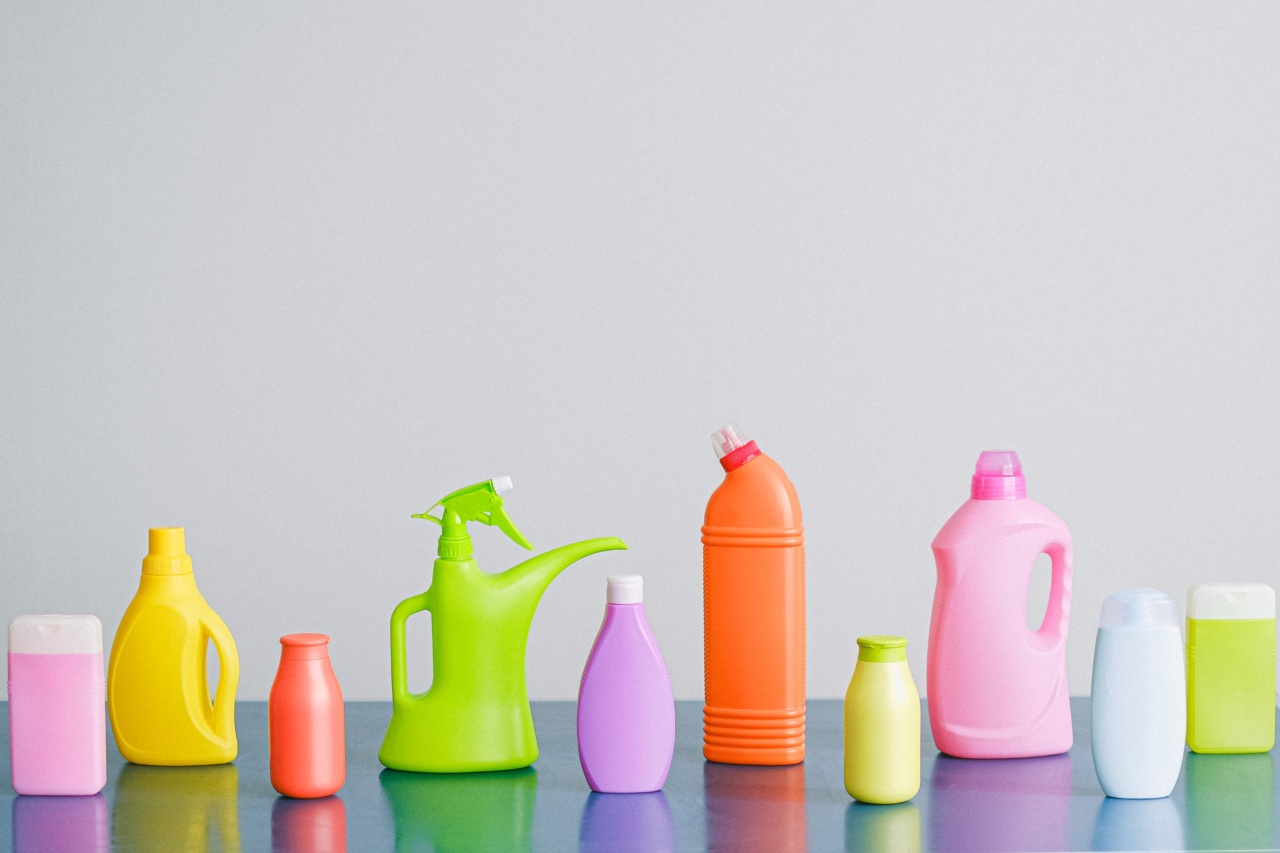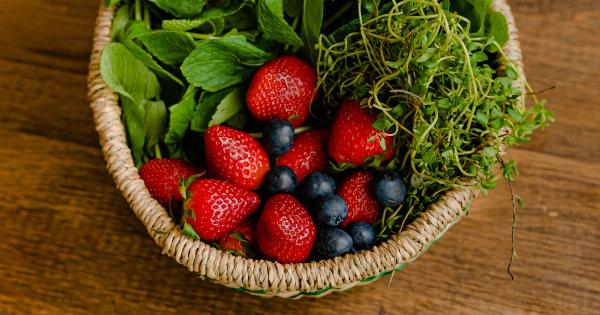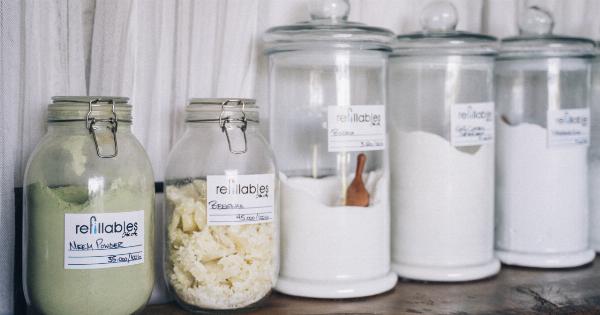As parents, we do everything we can to keep our children safe and healthy. We ensure that they eat nutritious meals, get plenty of sleep, and wear a helmet when they ride their bike.
However, there is one danger that many parents overlook – the chemicals in household products can harm children’s brains.
The Dangers of Chemical Exposure
Many of the products we use every day contain chemicals that can be absorbed through the skin or inhaled. These include cleaning products, pesticides, air fresheners, and many more.
While these chemicals are generally considered safe for adults, they can be particularly harmful to young children.
Children’s bodies are still developing, which means that they absorb chemicals more easily than adults. They also lack the enzymes necessary to metabolize many of these chemicals, which can lead to toxic buildup in their bodies.
Exposure to these chemicals has been linked to a range of health problems, including asthma, allergies, and even cancer. But perhaps most concerning is the potential impact on children’s brains.
The Impact on Brain Development
Studies have shown that exposure to certain chemicals can interfere with the development of children’s brains. This can lead to a range of cognitive and behavioral problems, including ADHD, autism, and learning disabilities.
One of the most concerning chemicals is lead. Even small amounts of lead exposure can cause neurological damage in children, leading to behavioral and cognitive problems that can last into adulthood.
Other chemicals that may be harmful to children’s brains include phthalates, which are commonly found in plastics, and flame retardants, which are used in many household products including furniture and electronics.
While the long-term impact of these chemicals is still being studied, many experts believe that they may be disrupting children’s brain development and contributing to a rise in developmental disorders.
Reducing Your Child’s Exposure
So, what can you do to reduce your child’s exposure to these harmful chemicals? The first step is to be aware of the products you’re using in your home.
Take a close look at the labels of cleaning products, pesticides, and other household chemicals to see what they contain.
Whenever possible, choose natural products that don’t contain harmful chemicals. For example, you can use vinegar and baking soda to clean your home instead of harsh chemical cleaners.
You can also choose organic produce and avoid processed foods, which may contain pesticides and other additives.
Another way to reduce your child’s exposure is to improve the air quality in your home. Many common household products release harmful chemicals into the air, so consider using an air purifier or opening windows to improve ventilation.
The Bottom Line
Chemicals in household products may be harming your child’s brain development, leading to a range of cognitive and behavioral problems.
To reduce your child’s exposure, be mindful of the products you’re using in your home and choose natural alternatives whenever possible. By taking these steps, you can help protect your child’s health and wellbeing.






























